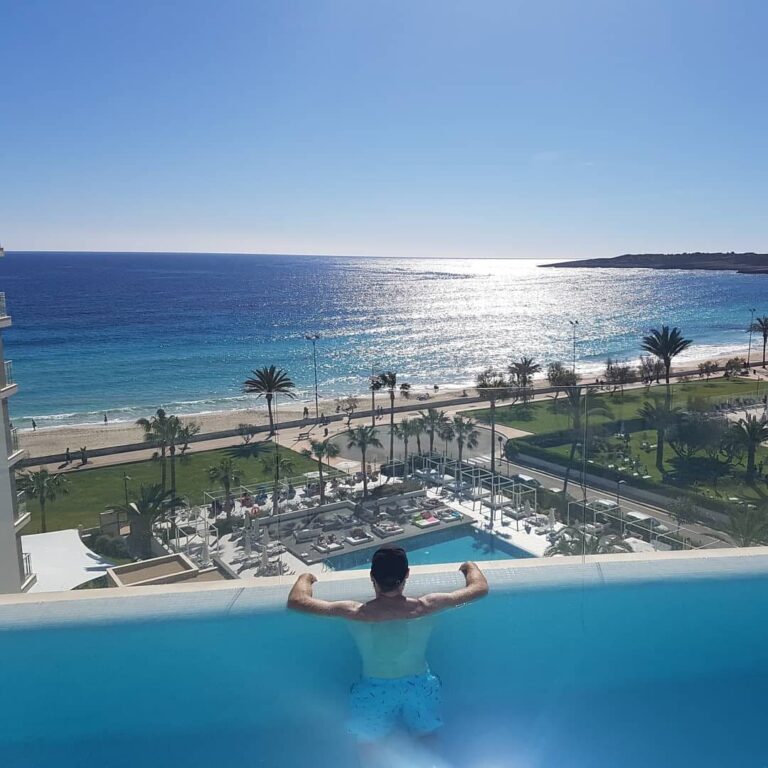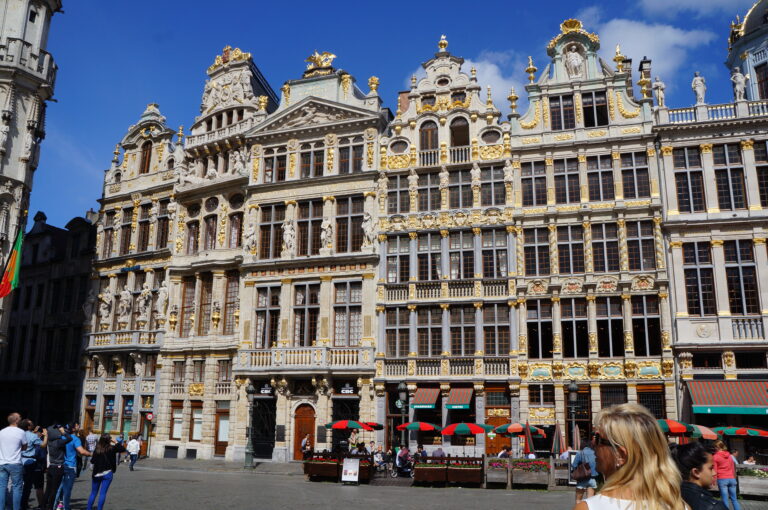How to create an itinerary
Planning a trip from scratch can be a daunting process. It involves a lot of moving parts that are dependent on a number of variables, sometimes outside of your control. However, it’s much easier than you would think, especially with so many resources available to you on the internet. No more do you have to rely on travel agents with their own agenda to earn commission fees. We’ve broken down the steps to create a robust itinerary.
Step 1. From a high level determine where you want to go?
This should be obvious and it fortunately is. Pick a region where you are wanting to go. It can be as high level as ‘Central Europe’ or ‘France’. Once you know this, this is where the planning gets more interesting.
Step 2. Determine the purpose of your trip
Many would think you need to pinpoint the locations in your next step, however the better approach is to figure out what you want to achieve from your trip. Is it to relax, have adventure, party, learn history, or a mix of all of the above. This is important as if you want to relax in the sun sipping martinis but end up in a city with no water, or want to party but pick a rural town where everything shuts at 7pm then you’re not going to get what you want.

Step 3: Narrow down the must do/see’s
It’s likely you have a few things that are on the list for your vacation. So consider whether these are non-negotiable or are just a nice to have. If you’re an art lover and seeing the Statue of David is on your bucket list, then you have to prioritize this as a must do.

Step 4: Narrow down your Key locations
Now that you know the vibe and requirements for your trip, next is to do a bit of research on where specifically in a region you need to go. It can be easy, for example in step 3, if seeing the Statue of David is a non-negotiable, then Florence goes onto the list. However, if you have no clue on a region, this is where you have to use a bit of googling and discovery. Fortunately you don’t have to spend any money doing this and the information is easily accessible to you. A trick that we have relied on in the past is to use other peoples itineraries and then edit them to your own liking. We recommend www.ricksteves.com to “steal” itinerary’s that look good to you after reading the highlights. Another way is to look for tour companies as every single tour company will have a itinerary on their websites with breakdowns of exactly what you will see and do. Using these as templates sets you up for the upcoming steps.

After you have your key locations, you also need to consider how long you want in these locations. This is completely up to you, but remember that the faster you move, the more time is lost to transit, checking-in, and other potential mishaps along the way. Most of the time you can always come back, so don’t feel the need to rush and see as much as possible because you will exhaust yourself and have a head full of anxiety.
Step 5: Check Arrival Transportation
Now that you have a rough idea, you don’t want to get into too much of the details before checking whether you can even get to a starting point. Usually the best place to start on an itinerary if travelling by car, train, or boat is to arrive at the nearest location on the list. However, most likely you will be flying from your home location to your holiday spot. There’s two resources that we heavily rely on and that is ‘SkyScanner‘ and ‘Google Flights‘ . Using these tools all you need to do is enter your departure location and your arrival location. You don’t have to be specific to the arrival location as you can simply write the country. This will present all available locations. If you can, it’s preferable to stick with direct flights so you don’t risk as many delays or missed connections.

Step 6: Narrow down the secondary locations
So you know your Key locations from Step 4. This is great, now the fun part is to determine how you want to get between each location. This is where you can usually get off the beaten track and experience smaller locations or lesser known spots that adds an extra element to your trip. If your key locations are far a part, its a great idea to throw in a day in-between the locations to break up the huge transport days. Losing an entire day to travel can be incredibly frustrating and by breaking it up into smaller pieces and adding an extra location can be a great benefit. Ultimately, you know what you want to do and see so use your judgement to how fast you want to move.
Step 7: Check transport routes
Now your itinerary is completed and you know how long you want to spend in each location, check to see that you can move freely and easily between each spot. You have a lot of different options, depending on where you are. But it’s best to create a list of each method and compare prices and ability. For example, in Europe most of the time trains are far better than hiring a car or taking a domestic flight. You also have cheap and reliable options like long distance buses, we loved Flixbus to travel throughout Europe. The best tool by a landslide is using Google Maps. Enter your start location and end location and you will be presented with various methods. When selecting Trains, you will see that it will provide a link to the official website where you can buy tickets (always buy direct from the train company, not secondary markets! – scam and inflated price risk otherwise). If a flight option does not appear, use the likes of ‘SkyScanner‘ to get prices/availability.


Step 8: Accommodation
It’s further down the list than you think, but the next step is to find accommodation. This is because it’s likely you will be able to find accommodation anywhere in the world these days. Transport is usually the hiccup in our experience rather than finding a place to sleep. This one is heavily based on the type of holiday and budget that you have. If you’re moving fast and don’t expect to spend a lot of time in the hotel, then don’t overspend and just find something that works as a place to leave your bags and sleep. If you’re after a more relaxed or classy affair then bump up your price range and splurge. We recommend booking websites like Booking.com as this will collate nearly all available accommodation options.
A key consideration is location. Try your best to find a spot that’s close to the attractions you are there to see and pay careful consideration to where is safe. A good tip is to look where high priced chains eg: Hilton, Marriot are located and then see what other options are in similar locations. This is because they are usually located in the better part of the town and with good transport links. You can save a lot of money staying further out, but do some research on how you would get to and from the hotel in the late evenings. If you end up spending lots of Taxi’s sometimes its better to spend a bit more money on the hotel and just walk or take the metro. A tip for Europe is to see where “Old Town” is as that’s usually the center and setup for Tourism.

Step 9: Book it in
Now that you have all the above steps sorted, now is the time to book what you need to. You know it all works together so don’t risk losing out. This is particularly relevant to flights and accommodation. The closer it is to the date of departure, the prices will soar. For transport in between locations, you can be more flexible should it look like services run regularly.
Step 10: Enjoy 🙂






